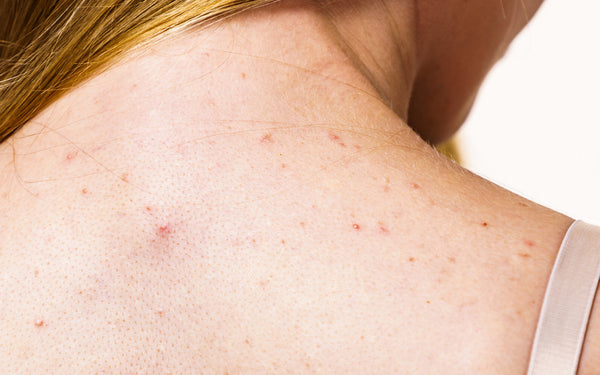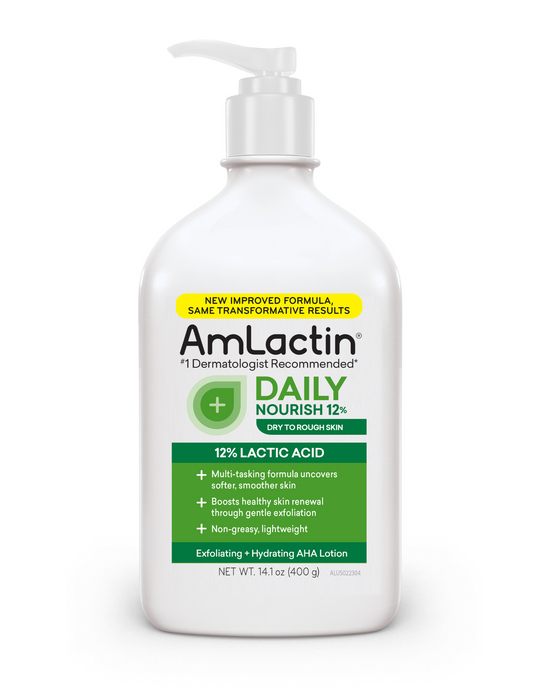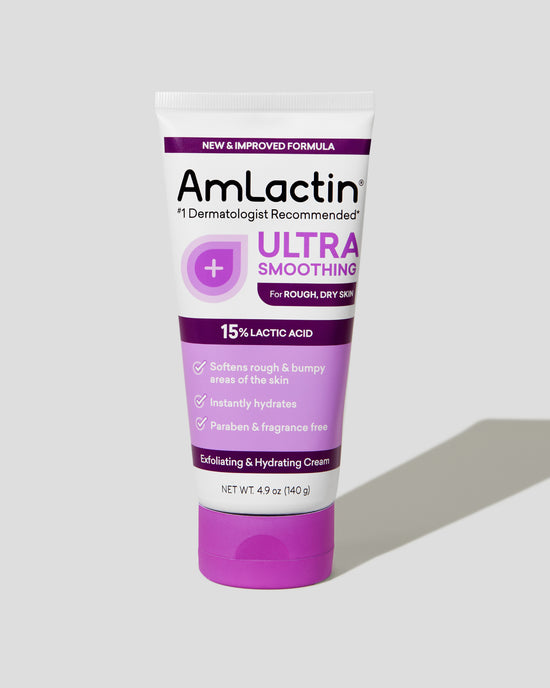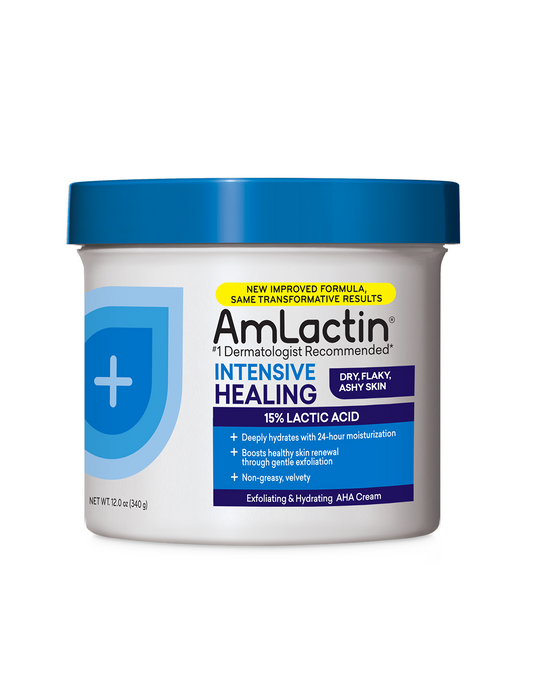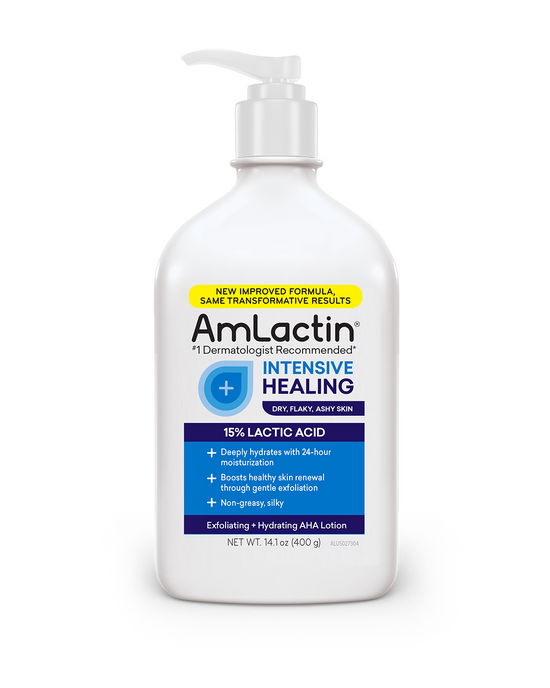Acne vulgaris is a universal skin disease affecting over 50 million people in the United States, including 79-95% of the adolescent population. Commonly known as simply “acne,” it includes the pimples, whiteheads, and blackheads that may break out on your skin. Many tales about greasy food, chocolate, and dirty skin causing acne are false. Acne is much more complex and can persist into adulthood.
What Is Body Acne?
Acne is a result of a blockage of the hair follicles in the skin, usually involving oil or skin cells. Body acne can occur on the back, shoulders, neck, and chest. These predominantly oil-rich areas are prime spots because the pores and oil glands are often larger than they are on the face. The larger size makes the pores easier to become clogged.
Types and Causes of Body Acne
Acne develops in any combination of these breakouts:
- Whiteheads form when excess oil and dead skin cells build up and plug the opening of a pore.
- Blackheads form when excess oil and dead skin cells build up inside the pore and widen the opening of the pore. The black that you see is a result of the pore reacting with oxygen in the air.
- Pimples are formed when bacteria, oil, or dead skin cells get trapped inside the pore causing inflammation.
- Nodules or cysts are often tender and/or painful. Cysts contain pus while nodules do not.
Many people think stress can cause acne, but it’s more likely that stress worsens acne. Using oil-based skin care products, including makeup, makeup remover, and even hair products, can block pores and cause acne.
Preventing, Treating, and Tips for Self-Care
The skin on your body, though thicker and hardier than the skin on your face, is also prone to irritation and blocked pores that can cause acne. Experimenting with different types of skin care products can be frustrating, but these tips and ideas are known to help:
- Follow a daily skincare routine for acne-prone skin. If you suffer from acne, you might not think that moisturizing would help, but dry skin actually leads to an overproduction of oil. By locking in moisture, these products can help your skin from becoming too dry. Lactic acid hydrates deep into your skin and gently exfoliates dead skin to help keep your pores from becoming clogged. Note though, do not use lactic acid moisturizers if you are using retinoids (like Refissa or Retin-A) or products with benzoyl peroxide. Because these types of products all have exfoliating properties, using them together could further dry and irritate your skin.
- Choose the right body wash and body care products. Hair and beauty products can leave a residue on the skin that contributes to clogged pores. Choose an acid-based wash with a 2% salicylic acid or benzoyl peroxide cleanser.
- Look for non-comedogenic products. “Non-comedogenic” means a product is specially formulated to not block pores.
- Manage sweat during and after physical activity. Remove any makeup before your workout and try to shower right after. Wear loose-fitting clothing and remove sweaty clothing as soon as possible after exercising. Even if you can’t shower, drying off and switching to clean, dry clothes can help prevent breakouts. Wipe down any shared equipment before you use it, and use a clean towel during exercise to gently pat or wipe sweat from your skin.
- Use the right topical treatments. Using over-the-counter benzoyl-peroxide-based treatments for mild acne, and dermatologist-prescribed topical retinoids, antibiotics, oral medicine, professional treatments (chemical peels, laser therapy, extraction, and lifestyle modifications) for more severe or stubborn acne can help you feel better about your skin.
Don’t struggle on your own. It’s important to have a good support system, build self-confidence and body positivity. If managing your body acne has become challenging, talk to your primary care doctor or see a dermatologist. Know that you’re not alone and that most people deal with skin problems and often will not notice yours.

